Disclaimer and Info
And, if you like this post, PLEASE Share!
Introduction: the magic trio
I’ve a subtle attraction for small cameras with great image quality: for me the best camera is the one I have with me most of the time.
Having used a great deal of gear over the years, starting from Canon SLR, up to my beloved medium format rig, today, for most of my photographs all I needed was this magic trio (in equivalent focal length):
- 28mm: Ricoh GR (one of the best camera ever made, great usability, good IQ, APSC)
- 35mm: Sony RX1R II (compact, fantastic IQ, good AF and a dreamy 35mm Zeiss lens, Full Frame)
- 75mm: Sigma DP3 Merrill (slow, terrible battery life, but a peculiar rendering and an amazing sharpness, Foveon)
BUT: I was missing an “all purpose”, rugged camera with the following specifications:
- Great operational speed
- Small size
- Weather sealing
- Good set of available lenses, especially on focal lengths not covered by the trio above
- Good Video (4k, why not?)
- In Body Image Stabilisation for handholding and long shutter speeds
Conversely to my fixed focal lens cameras, I needed a camera to pair with a versatile zoom lens, ideally with the with a wide focal range. So i started to look seriously to the market offers. Lot of possibilities, indeed. The Sony A7*, for instance. I had for one year circa the A7R that I liked for IQ but not for usability and versatility. The A9 was out of budget and, after the A7R, I simply didn’t like the form factor of the Sony mirrorless. The APSC Sony 6****, the Fuji XT?, the Canon 80D? Some ok but not so speedy, or too big, or not weather sealed. Lenses on FF inevitably bigger and heavier.
I’m mostly an architectural and travel photographer: but I love and ride motorcycles, mostly – you may guess – Ducati, so I also needed a camera where I could pair long zooms being still lightweight. Worth to mention: the photographs taken during the race were shot form a big distance while I was in the public, and, by no way, could be considered as professional race shots.
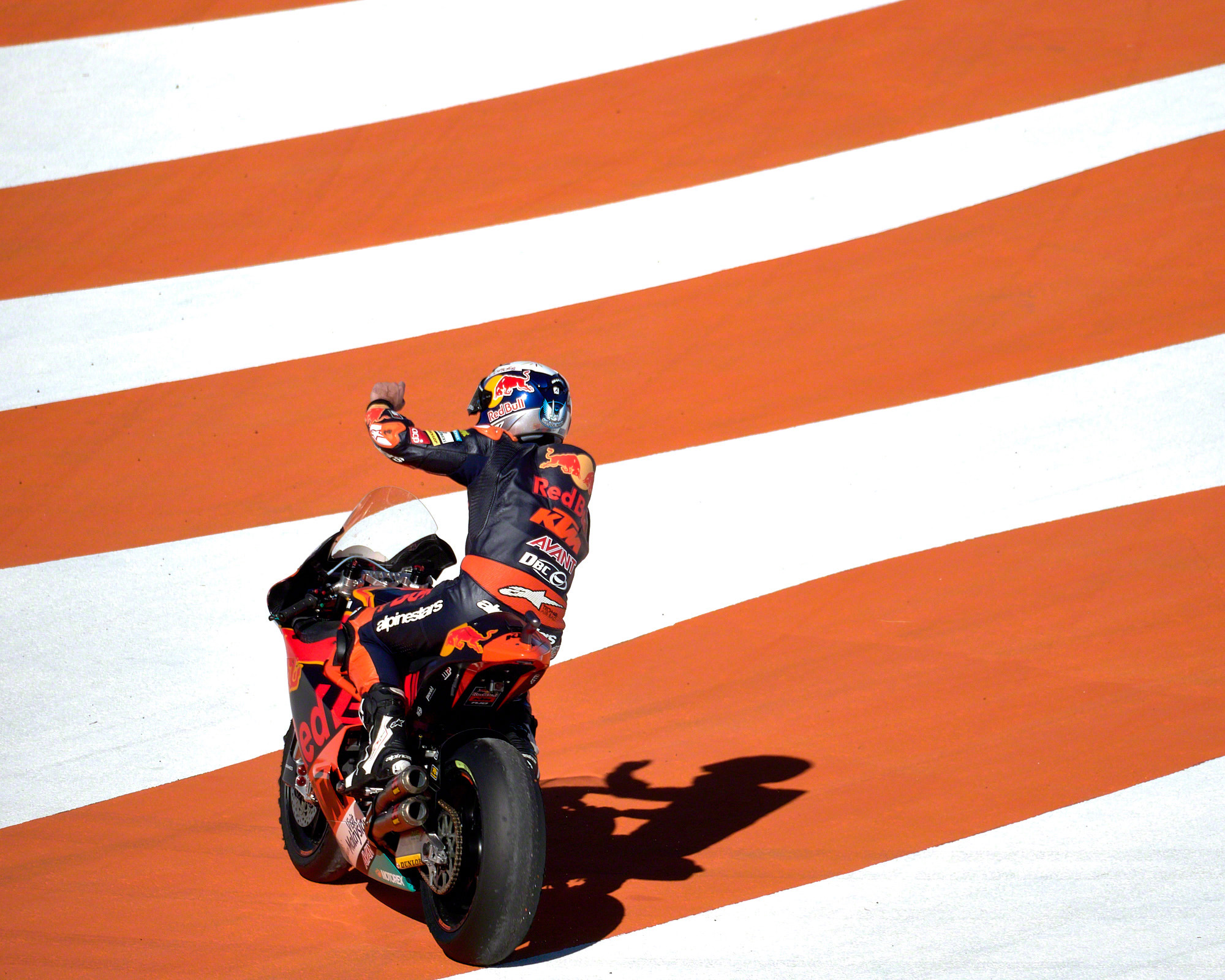
Miguel Oliveira, from Portugal, after winning the Moto2 race in Valencia, 12 November 2017. Olympus EM1 MK2, Olympus 75-300, 300mm (600mm equivalent), ISO 320, 1/2000s, f7.1.
So I gave a serious look to the m4/3 options. Yes, the sensor is smaller. Yes, ISO performance is below their FF counterparts. But how is it the IQ? And what about versatility? Some years ago I tried the first generation Olympus sensor, especially in low light: I wasn’t impressed. But now, maybe things have changed? And: what would I do with the output of this camera? Printing up to 60x40cm, not more. In rare conditions go to 150x100cm: did that already in the past from the output of my 5D and the prints, with the right post-processing and printing adjustments still look great.
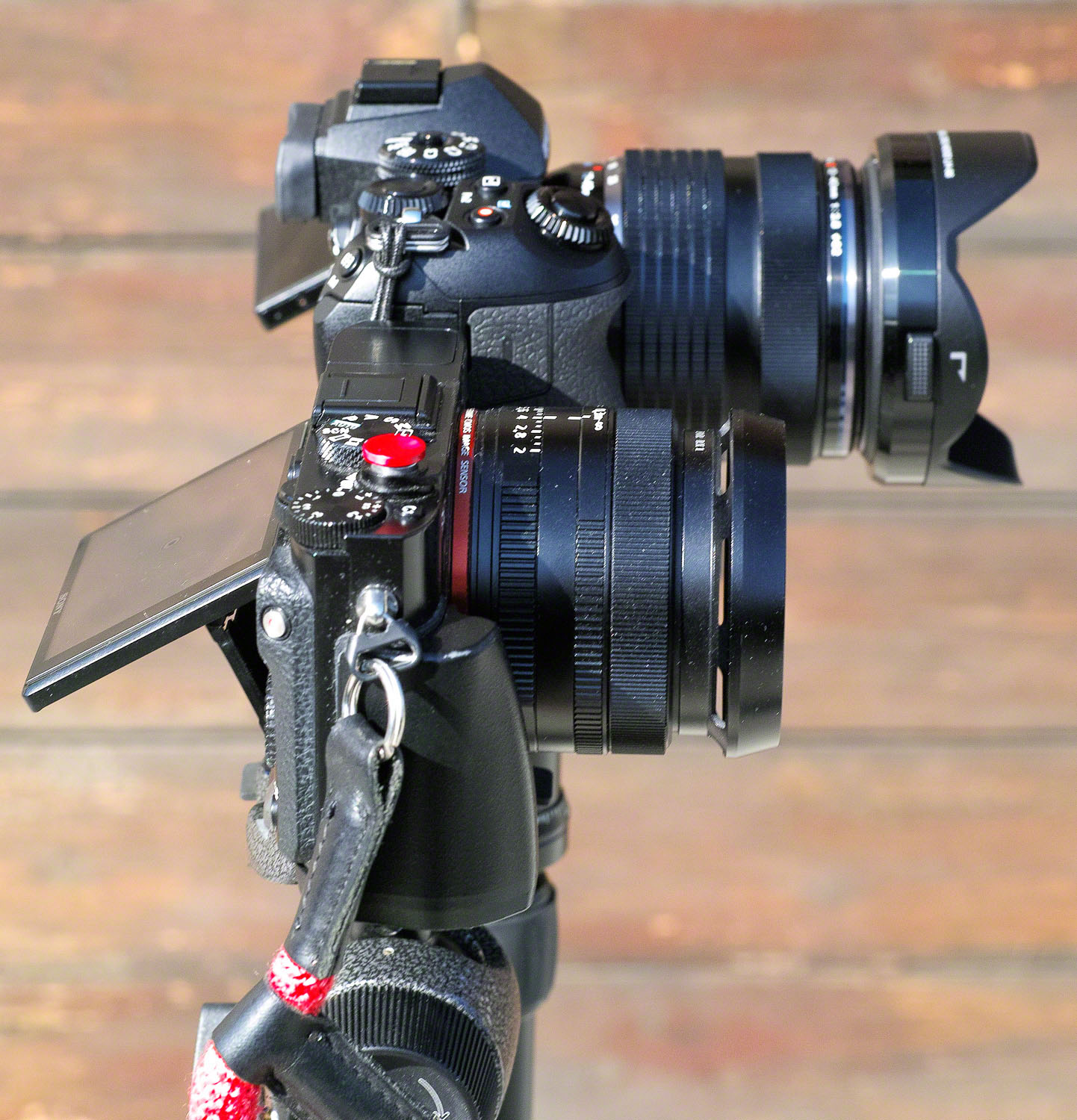
The current mFT panorama has many potentially appealing cameras. The Panasonic G80/85, for instance, is pretty interesting: low price, good set of features. On another hand the Olympus OMD EM1 mk II had something that could have been of interest for me: speed and the possibility of Hi-RES captures to cover my static subjects when needed. Of course for a lot more cash than the Panny, a 20Mpixel sensor with a dynamic range similar to the “venerable” Canon 5DmkIII, so enough for most of my real life needs.
I have to admit that form IQ standpoint I was very skeptical. Coming from the results of the trio above it’s an hard life for any smaller sensor camera, especially if you consider that I would have paired the camera with Zoom lenses, the 12-40 Zuiko pro zoom, and, maybe later, the 12-100. So I did my usual research, asked a good friend to lend me his Pen-f 12-40 combo, just to have an idea about the quality of the output. I knew the sensor is not the same on the EM1 mk II, but renting here in Italy is hard and I needed something similar to make some basic assessment. I was positively impressed. Not so much by the handling (admittedly, the PenF is a too small body for the 12-40), but rather for the resulting IQ. Nice colors and tones rendering, good sharpness, fast AF and sleek operations. In the following picture, shot with the PEN-F and processed in Capture One, I like the rendering of the lens and the different focus planes from the bicycles to the background.
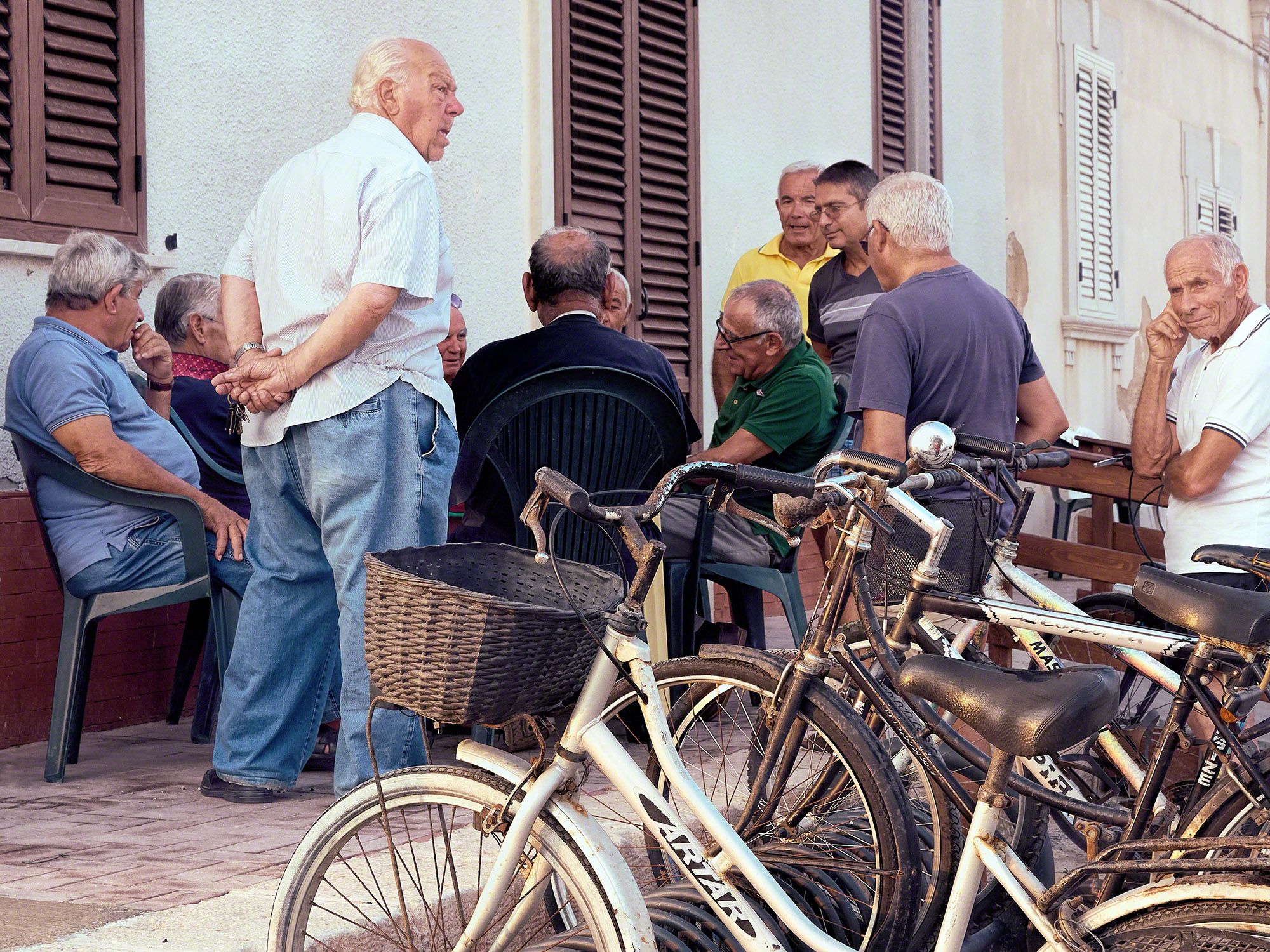
Entering the EM1 mk II
So? Bought the top OLY EM1 MK II with 12-40 and 75-300 (to have, finally, a 600mm equivalent lens!), battery grip and additional battery. Not to REPLACE the trio of fixed lenses cameras, but rather to have a camera to use in different situations, that would come along with me and the RX1RII in travels and can be used in adverse atmospheric conditions.
After a couple of months of use I should say that my experience, so far, is positive.
I had a “lemon” first sample of 12-40, promptly replaced by a good copy. Shit happens. The 75-300 is surprisingly good for such a lens in this price range: nothing special but small and discrete, so discrete that nobody will guess you have a 600mm cannon in your hands.
The EM1mk2 is very well made, solid, good button feeling, better than the Sony RX1RII for button feedbacks.
Large EVF, nice touch implementation. And FAAAST. Except the off-to-on time, still a bit behind a DSRL, the rest happens and light speed. Focus, responsiveness, burst, pro-capture mode. I’m not a spray-and-pray kind of photographer, so I limited the burst of the Oly to avoid 60 frames in a second. This is an animated GIF of 25 photographs showing Petrucci’s Ducati flying during the MotoGP race in Valencia. All full RES RAW, of course, @600mm equivalent.
The continuous autofocus tracking was excellent in keeping the bike in focus while panning… IBIS on, +1AF Scanner: the number of out-of-focus picture in this scenario was maybe 1% of the total photographs shots (over 2000)…
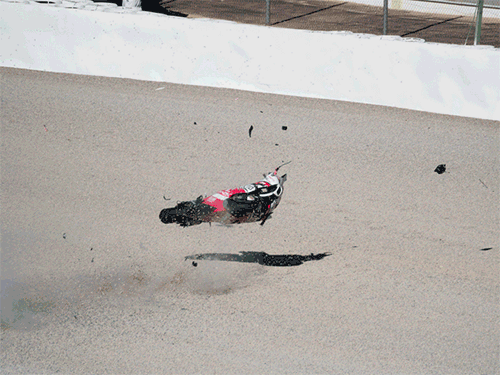
Menus are VERY complicated: you get a lot of options and you may customise the camera to your specific needs up to the very single bit: you may even decide to change the assign the power-on-off lever to a different one. It takes a bit of time to understand the philosophy but I find those menu still better than the Sony’s.
Battery life is good: you don’t have to live with the restrains of the Sony: 600-700 shot are normal. The overall man-machine interface is well made. Once you customise the camera to your needs all is simple and fast to use. JPG are VERY good. I’m finding myself using JPGs more and more, especially for all those “uncomplicated situations” where you don’t have to struggle with a specific image, or, as I did in Valencia, shooting motorbikes. The two card slots are a peace of mind: RAW on the first, JPG on the other. One may have the best of both worlds.
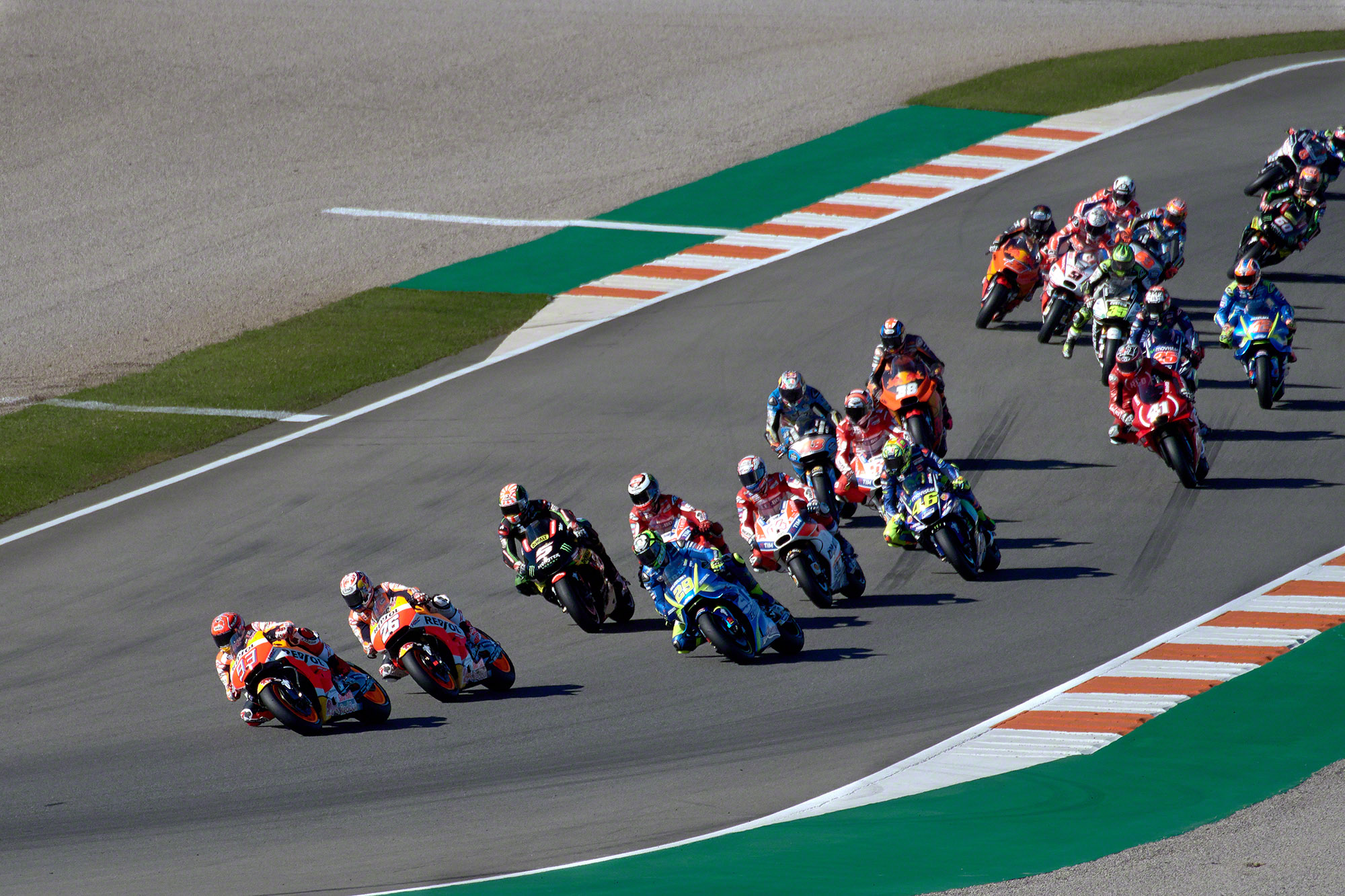
Race Time, MotoGP Valencia 2017, first corners of first lap, 12 November 2017. Olympus EM1 MK2, Olympus 75-300, 240mm (480mm equivalent), ISO 500, 1/2000s, f7.1.
Noise
Dynamic Range

Unprocessed Image - Click to download it from Flickr in Full RES. Olympus ED 12-40mm 1:2.8 @26mm, ISO 200, F5.6, 1/640s.
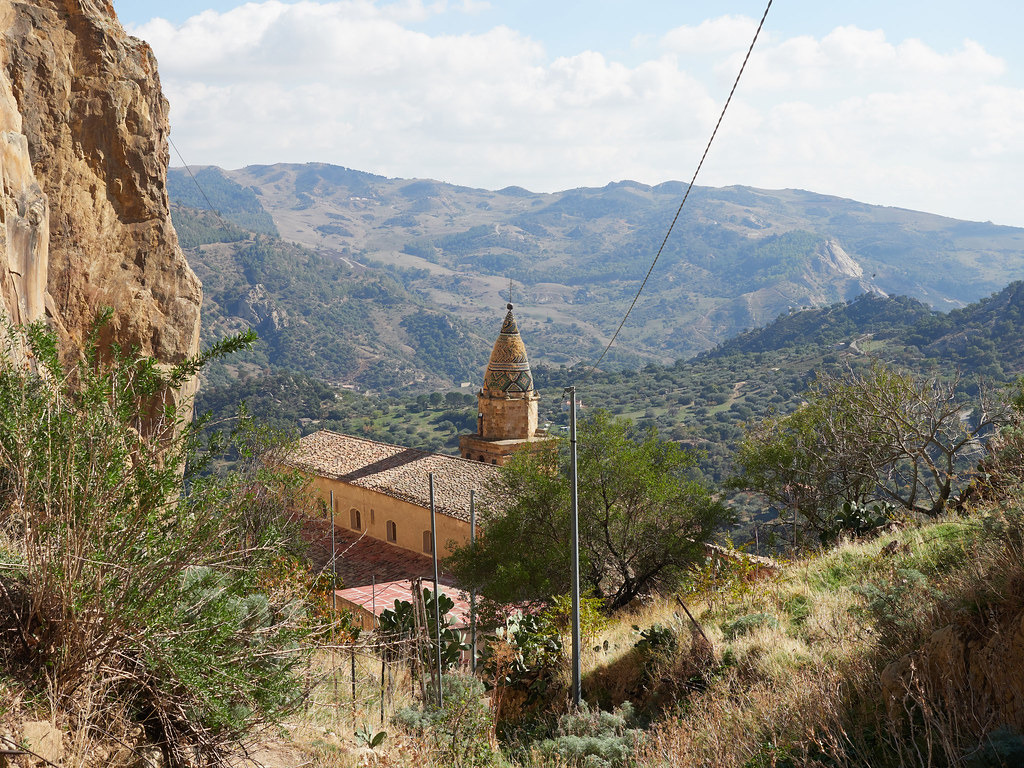
Processed to taste in Capture One - Click to download it from Flickr in Full RES and check also the overall sharpness.
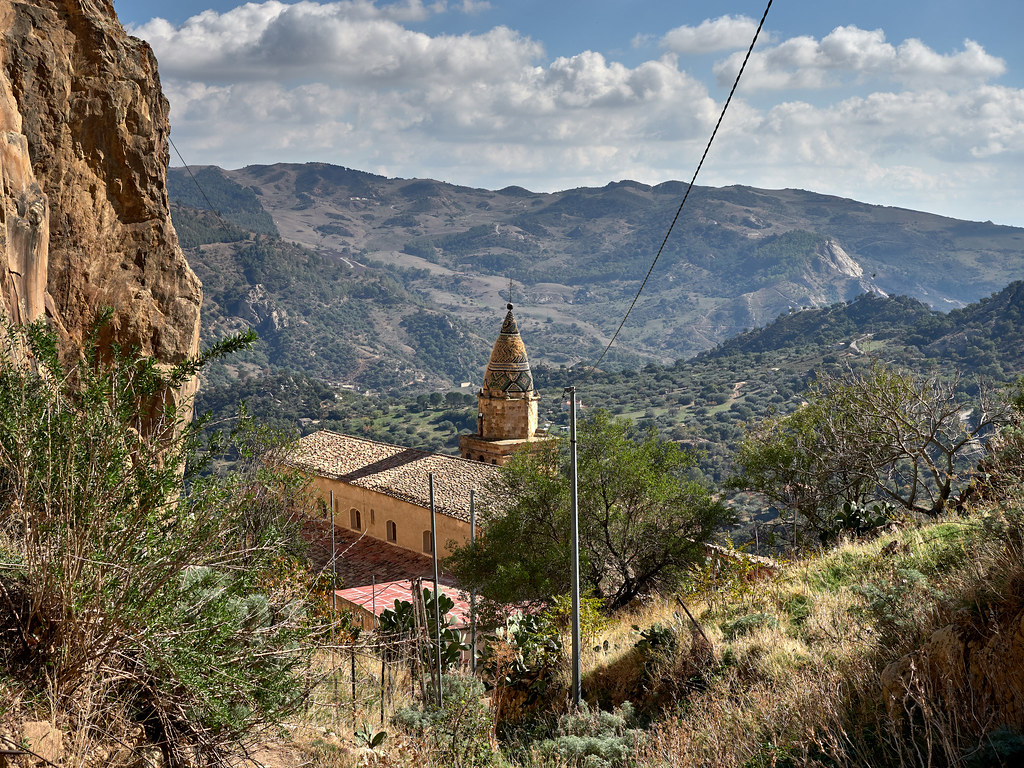
Color
RAW Processing
Olympus ED 12-40mm 1:2.8 @13mm, ISO 200, F4.5, 1/200s. Processed to taste in Capture One - click to download the full resolution and see the difference in the details!
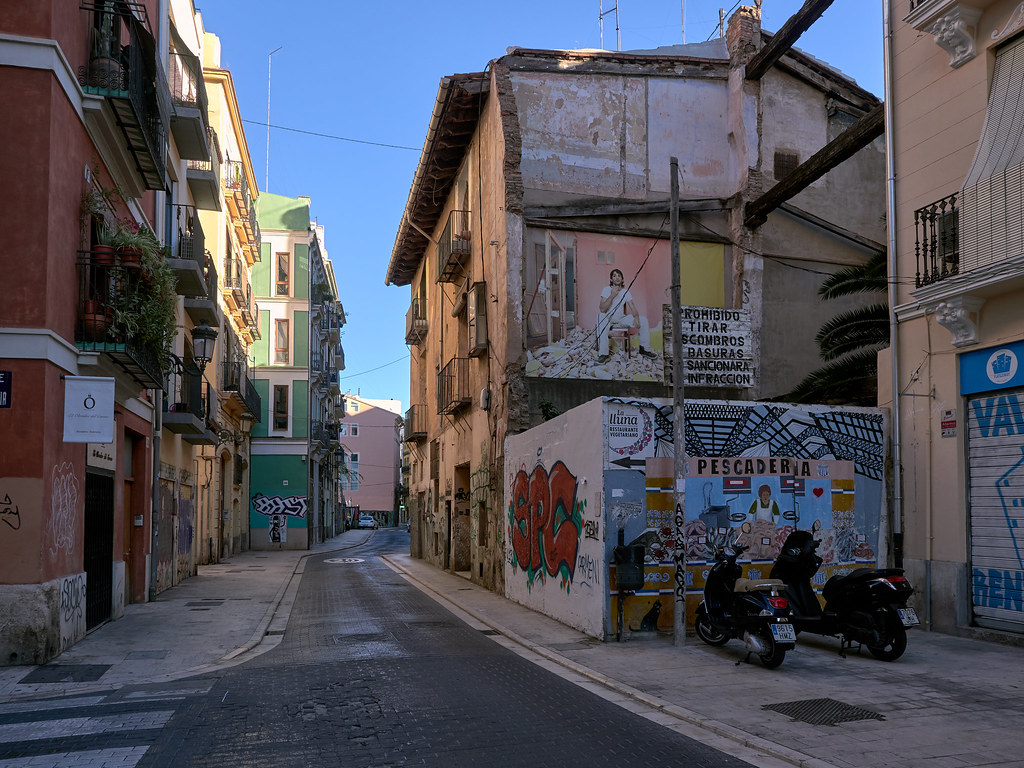
Processed to taste in Lightroom CC Classic - click to download the full resolution
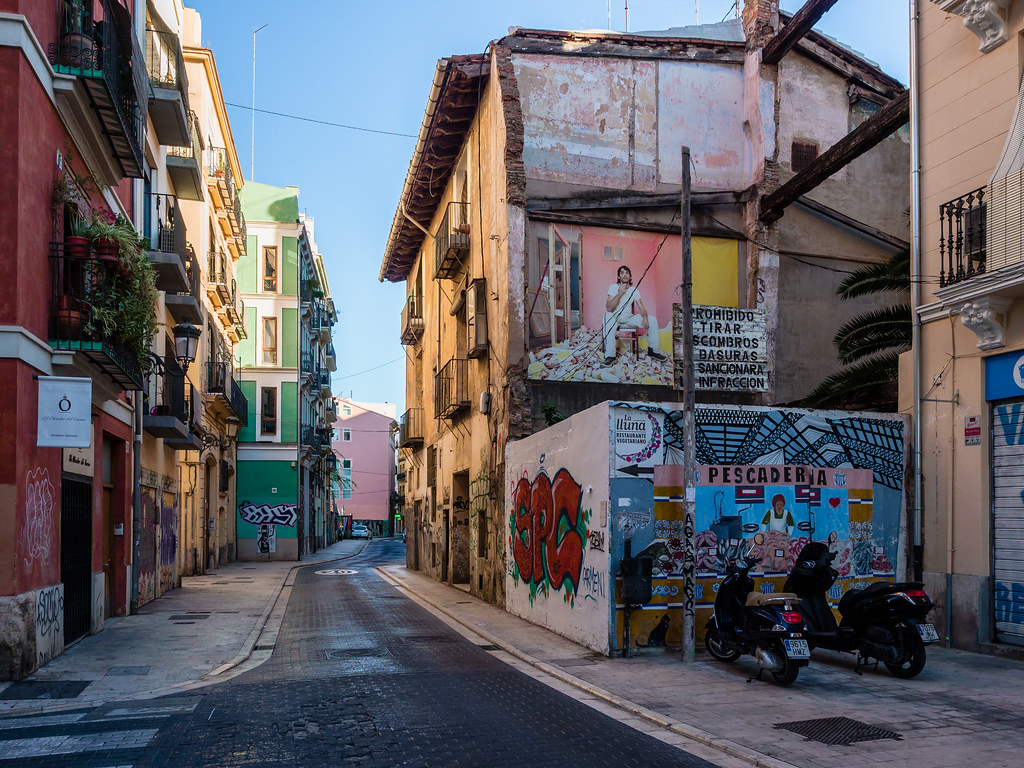
Compared to the Sony RX1R II
But there are cons to the 42mpix glory. First of all you need to use high shutter speed to minimise potential blur due to micro movements: I use the custom mode of the Sony to set the camera in Aperture priority at 1/200 sec to be sure. So if you use this setup at night and you want to shoot without tripod, bummmm: your ISO goes very fast up to 12.800. Ok the files are big so you may reduce resolutions and gain quality. The sensor is great but ISO 12.800 is noisy even on the Sony. The Olympus with the sensor stabilisation gives you the possibility of shooting handheld at 1sec and more! The two following images are shot @ ISO 400 and, of course, they are very clean and need to tripod!
Of course, you cannot freeze movement so I’m not saying that Image Stabilization is the mantra that will solve all issues. But, for me, shooting mostly architectures at night, this is for sure a nice feature, also to check a shot before setting up tripods and other tools. The Sony A7RIII has IBIS, but not so efficient as the one of the Olympus and all the other above considerations remain valid.
In a different scenario, when shooting on the street, at daytime, from the hip, I find the full articulated monitor rather cumbersome to use and I prefer there the “tilt-only” Sony. IQ on the Sony, at comparable ISO, is, of course better but this depends very much on the size of the final print. As I wrote above, when comparing prints up to A2, it’s going to be hard to tell the difference.
I tried some High-res capture of the Olympus versus the Sony as well. It’s the old style brick wall test that is so boring to see that I would really not like to publish here. My conclusions: quality is very high from those High-res capture but still not up to the 42Mpixel in real world situations, where a light breeze may change the scene you’re shooting. But it’s nice to have when you need it.
Where can be improved?
These are the main areas where the camera could be improved. Of course I’m not dreaming fantastic bokeh or things that are simply not applicable to this device but to a number of small issues that may be probably addressed with a good firmware update.
Off-ON time lapse
SCP not disappear when you want to shoot!
The Size of the Focus rectangle
The position of the Fn1 button
Conclusions
I you came so far you probably will guess that my impressions are positive. The camera has found a place in my arsenal and I should say that overall, I’m positively impressed by it.
The niche it fits is indeed quite large: it’s a good general purpose camera, that can be used by a pro in most of the situation. For my particular case it is what I was looking for: small, good IQ, speed and it will nicely complement my image creating devices.
Medium format analog rig for dreamlike, slow photographs? CHECK, ROLLEIFLEX
Full frame 35mm focal length for Documentary Photography ? CHECK, SONY
APSC 28mm focal length for invisible street photography ? CHECK, RICOH
Foveon for fantastic sharpness? CHECK, SIGMA
Micro four thirds for all the rest? CHECK, Olympus
Share this Post

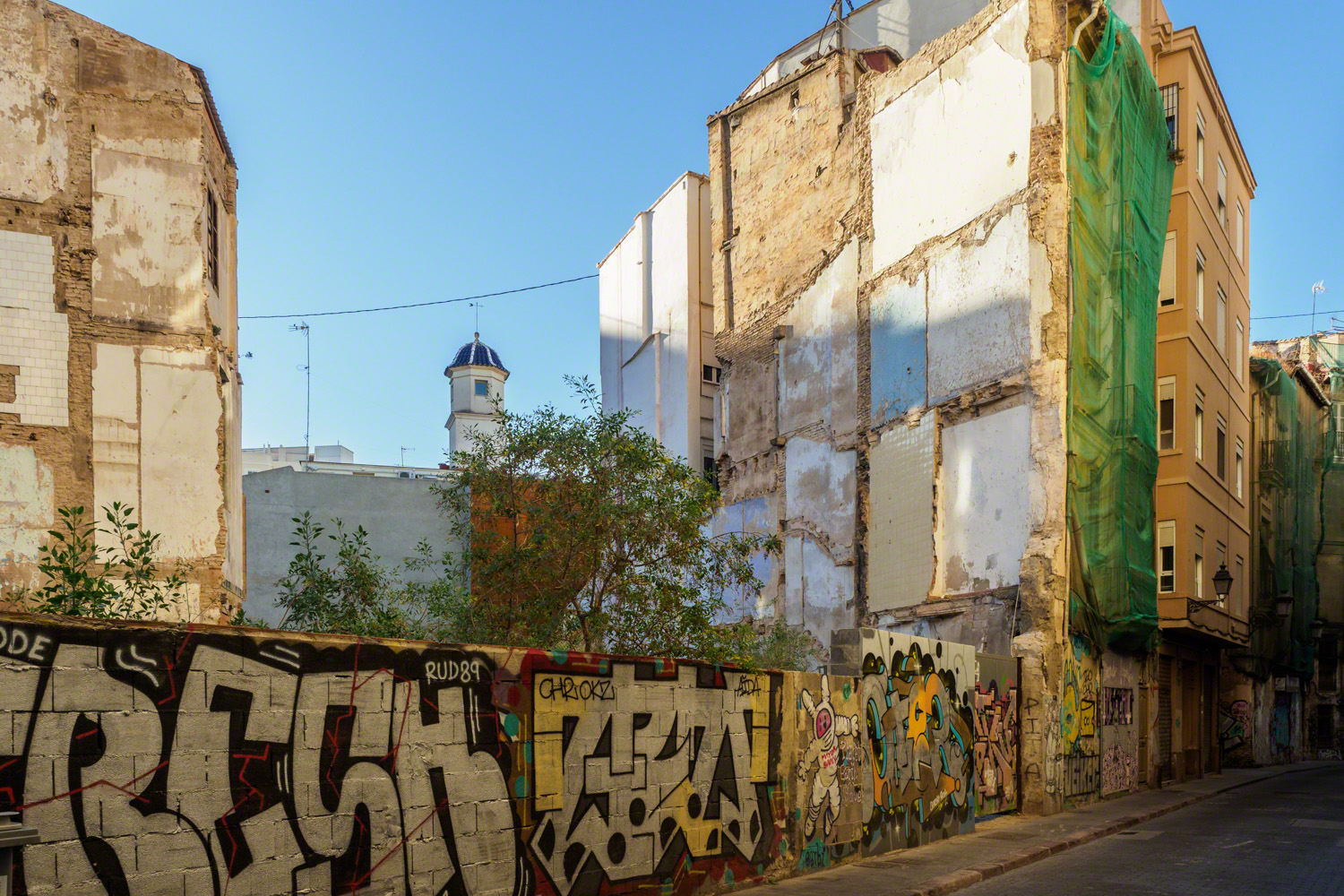
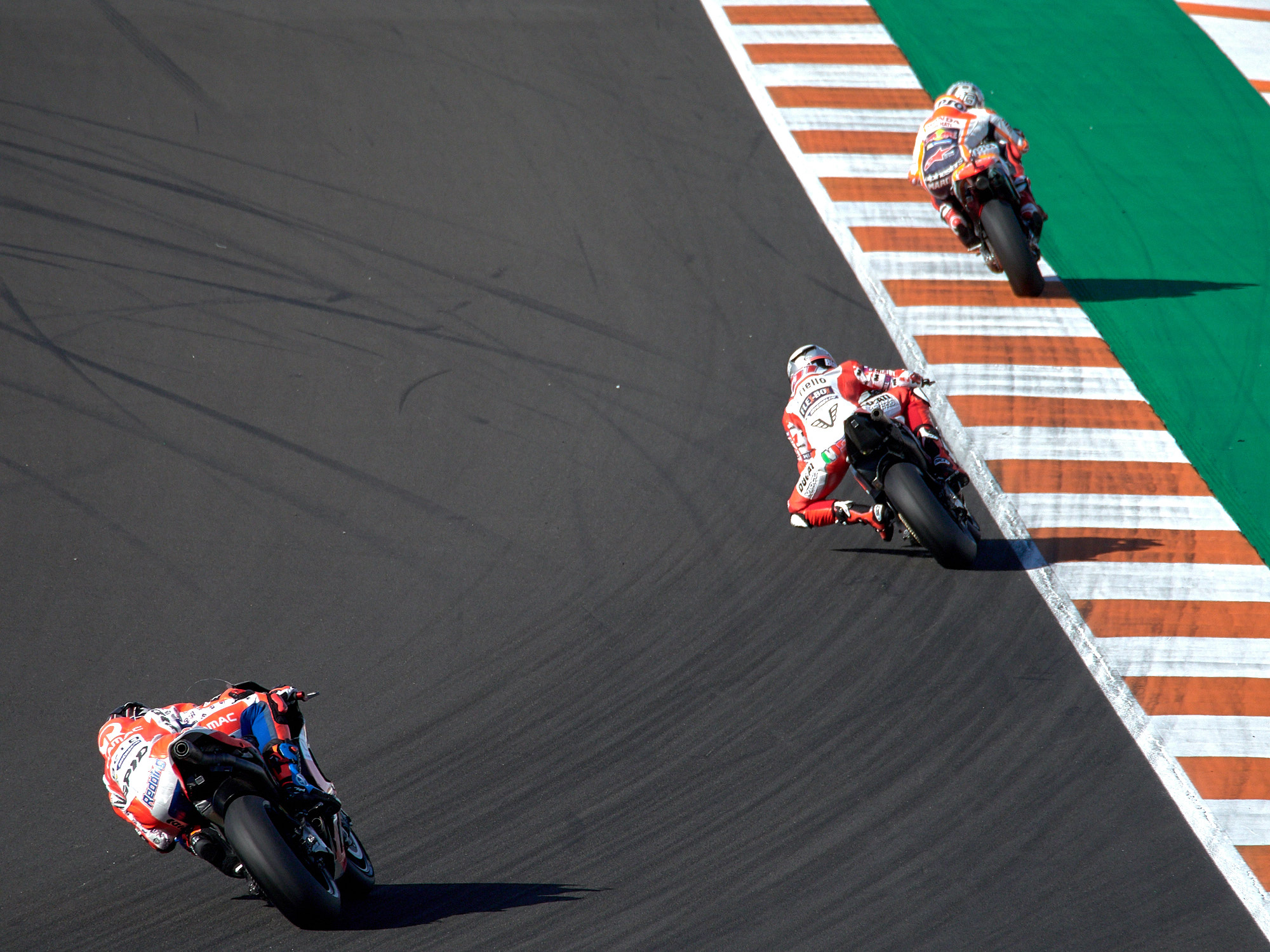
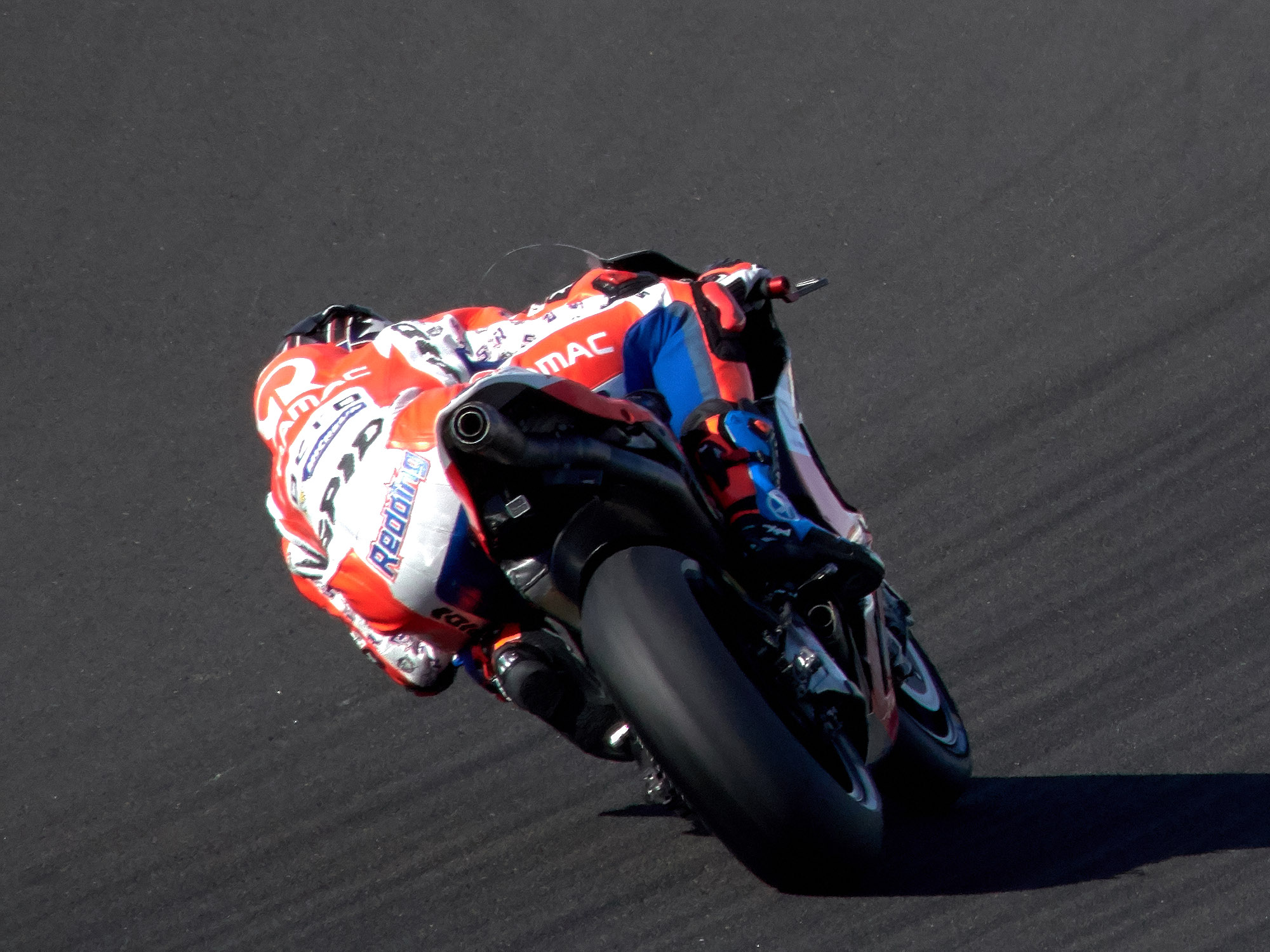
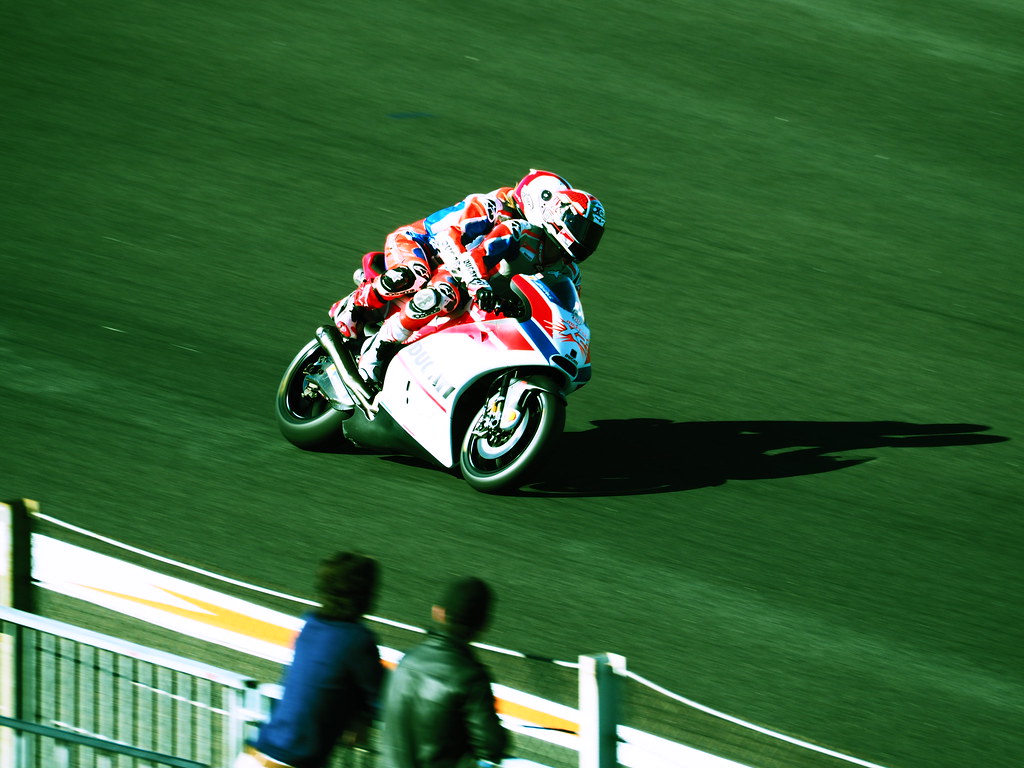
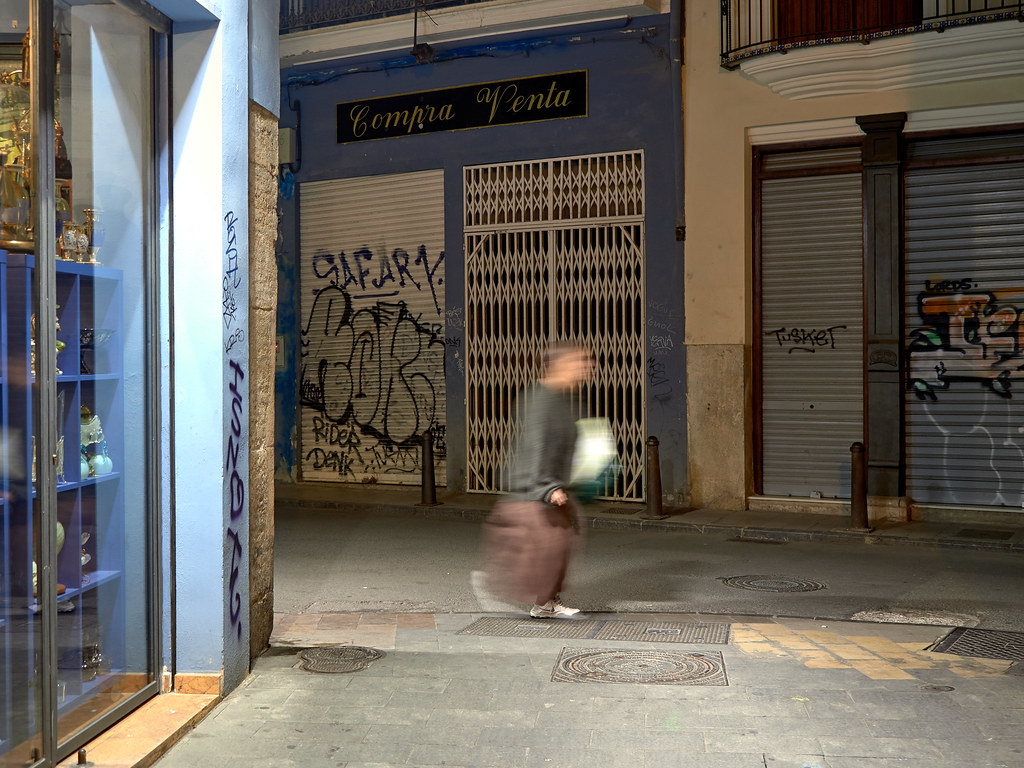
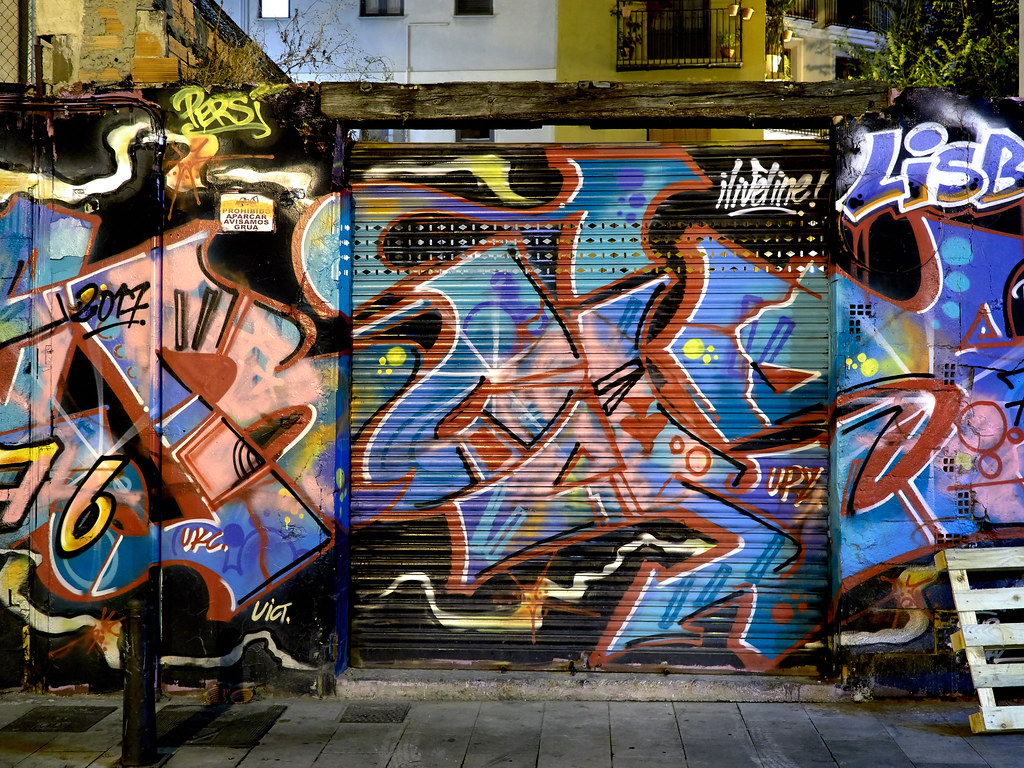
Comments 5
Nice write up, and some excellent images too.
In regard to your suggested improvements:
Off-on time lapse — Bear in mind that Olympus cameras engage the sensor dust removal system each time at start-up, rather than at shut-down like a number of other brands. This design makes the most sense, as dust is most likely to enter the camera body during a lens change, so Olympus gets rid of it before you start taking photographs — not after. It is still the best anti-dust system I’ve seen (I’ve never had to clean and Olympus sensor yet!)
SCP not disappear when you want to shoot — this is a set up issue. You can set up the SCP so that it only comes on when you press the ‘OK’ Button — at least that’s true on my E-M1 Mk1’s, and I can’t imagine Olympus would have changed that with the Mk2.
Size of the focus rectangle, too small — Most people want it even smaller, but if it is too small for your shooting technique, you can always engage the 9 point grid which you can move to any point withing the frame.
These are just a few thoughts.
Author
Thank you Greg for the useful tips. I assigned to the SCP button another function and, this way, hitting OK, it appears and, then, it disappears when pushing the shutter. Great. As for the focus point size I meant the other way round: too big it s now, I wish it was smaller. Just corrected the post. Thank you again, Massimo
Dear Massimo thank you for the excelent down to earth write up.
Like you i am trying to find different tools for my photography.
I am waiting for my M1 MKII. From what you write up to A3+, which is the largest i print, and ISO 3200 things should be fine especially with an ettr exposure. I will compare results with my D750 that i usually run on auto 8000 ISO.
Of course grain in my experience is affected by the glass. Have you noticed improvement from the 70-300 to the pro lens in handling ISO?
Again thank you for a nicely done article ( i must get my hands on a Ricoh GR…)
Author
Thank you Kostas for the kind words. I don’t think the lens has something to do with noise level. Noise is just a matter of sensor, the lens comes into play when we talk about sharpness… I got rid of the 75-300 now, nice for the price but not in line with my expectations.
Just start using Capture One to process the files and you’ll notice a great improvement!
Hi Massimo,
I hope you are well within this maddness.
As luck would have it I came once again accross your excellent page and reread this great article. A lot of coinciding opinions on the Oly M1II, which has now become my main social events camera (a pair of them actually).
What hasn’t worked for me is the AF area mode which is handy for some sports (at least the way I shoot them). I am sticking with my D500 there.
One proposal for a very full frame like bokeh and organic rendition is to try their super high grade line and especially the 35-100 and 150 f2s. Amazing glass.
Finally, I very recently boarded the DPm train with the 1 (in hand) & 3 (on the way). Initial testing confirms the different rendering. I really like spatial rendition so far. Need to use SPP I think for processing vs the PS plug in. I am a bit worried about fringing (mostly green) even at f8-10 for example. I am shooting on tripod.
Any thoughts on post processing dpm raws would be highly appreciated.
Stay safe!